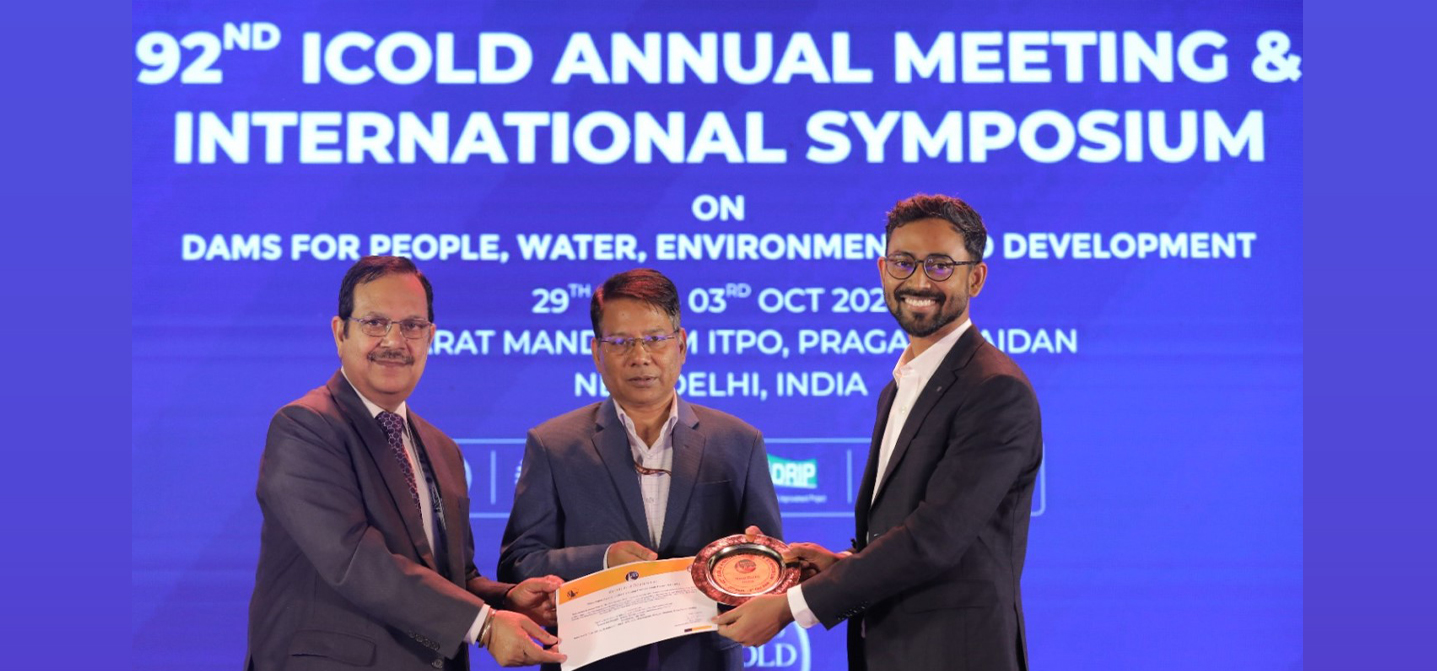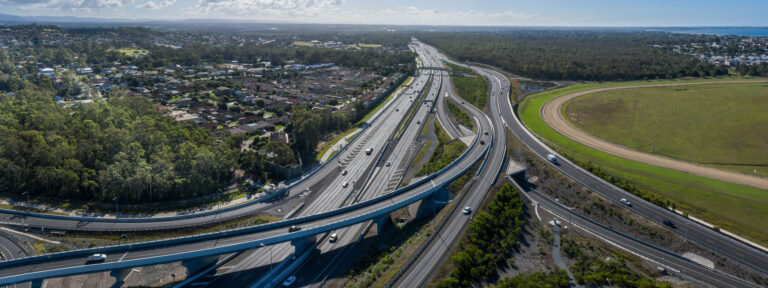
Model Setup
To consider the variability in precipitation and temperature due to orographic effects, the elevation band module was used. For potential evapotranspiration calculation, the Hargreaves method was selected, as it utilises only the input of daily air temperature. Once determined, SWAT estimates the AET. The soil erosion assessment was done in SWAT using the modified soil loss equation (MUSLE), which quantifies runoff to estimate sediment yield. For comparison of SWAT-simulated AET with AET data available from GLEAM_v3.0a, for each sub-basin, the NetCDF raster layer of GLEAM was used. This allowed visualisation of how many pixels lay over the catchment, and values were extracted by converting the raster to points and viewing the NetCDF table in the ArcGIS interface. The SWAT-CUP model was adopted for automatic calibration, validation and model uncertainty/sensitivity analysis using the Sequential Uncertainty Fitting algorithm version 2 (SUFI-2). A set of 21 parameters was chosen based on local conditions and available literature from the region. These parameters could be modified either by absolute increase/replacement or relative change to the default parameter values within the defined calibration range. Using the SWAT-CUP model, four iterations of calibration were conducted, with 500 simulations performed in each iteration. After each run of an iteration, the model narrowed down the parameter set for the next iteration, within physical limitations.

Figure 2: Schematic view of the processes
Future Climate Scenarios
Future scenarios were investigated for two Representative Concentration Pathways (RCPs 4.5 and 8.5) using three different open-source global climate models. Both current conditions and future climate scenarios were assessed, with sediment production modeled and solutions proposed for long-term scenarios through 2100. The SWAT model provided reliable quantitative forecasts of reservoir sedimentation, along with qualitative spatial and temporal distribution at the basin scale. Simulations suggested that sediment load and discharge would decrease under future climate scenarios, primarily due to temperature increases. The findings of this study document significant indicators of high-risk soil erosion hotspot areas within the catchment.
The impacts of climate change on discharge and sediments are complex and warrant further research to overcome several limitations. SWAT-based hydrological responses are highly sensitive to the quality and quantity of input data, particularly precipitation and temperature projections. Future studies should focus on improving SWAT’s sediment yield modules to better assess these factors under various climate scenarios.
Usability and Broader Applications
The research offers a starting point for project owners to manage and prioritise adaptation and remediation policies related to reservoir sedimentation. Reservoirs often suffer from sediment accumulation, reducing capacity and threatening water quality due to micropollutant contamination. With climate change expected to exacerbate these issues, effective management strategies are increasingly vital.
This study demonstrates the potential of using open-source databases for hydrological modeling in data-scarce basins, producing reliable results despite limited in-situ data. The novelty lies in leveraging remote sensing data (e.g., AET) to calibrate hydrological models where traditional data sources are unavailable. The results will be highly valuable for new and under-construction hydropower projects, especially in developing countries with limited data availability. In the long term, the adaptive models and insights generated can support more effective reservoir sedimentation management in the context of changing climate conditions.




 Engineering positive change: delivering community-centric infrastructure in rural Africa
Engineering positive change: delivering community-centric infrastructure in rural Africa
Across the vast and diverse landscapes of rural Africa, many communities face significant barriers to accessing essential infrastructure. Limited access to clean water, sanitation, reliable transportation, and consistent energy supply impedes daily life, and deepens existing inequalities.
 A Sustainable Approach to Reservoir Management: Advanced Sediment Yield Forecasting Using SWAT
A Sustainable Approach to Reservoir Management: Advanced Sediment Yield Forecasting Using SWAT
Reservoir sedimentation is a growing concern for water resource managers and hydropower projects, as it diminishes water storage capacity, affects water quality and poses long-term challenges for operational efficiency.







